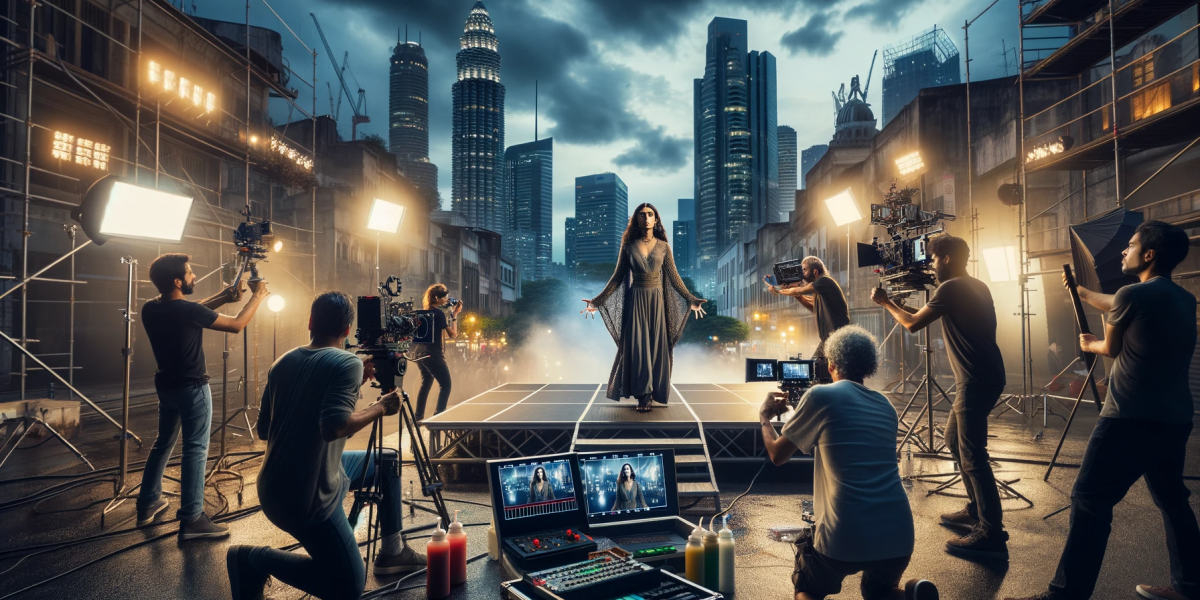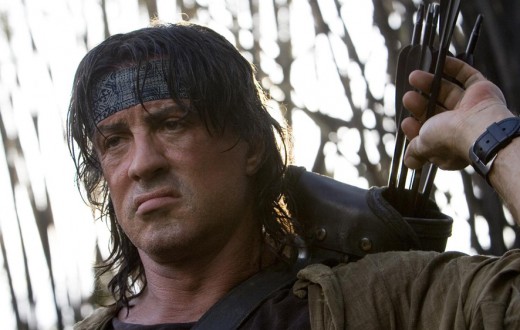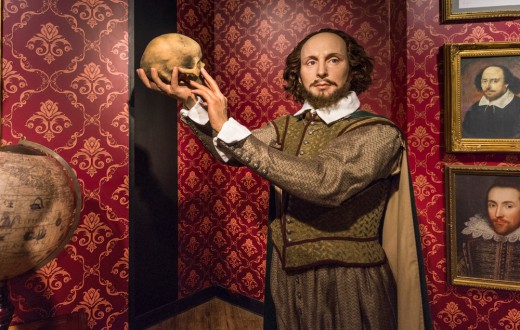Creating a captivating female lead in a feature film is an intricate and nuanced process that demands a deep understanding of character development, storytelling, and representation. The key to success lies in crafting a female protagonist who is not only relatable and engaging but also resonates with audiences on a deeper, more meaningful level. In this article, we’ll explore the essential elements that contribute to the creation of a truly memorable and impactful female lead in cinema.
1. Complexity and Depth
- Avoid Stereotypes: The key to a captivating lead is to move beyond stereotypes. Create a character with layers and depth, showcasing a range of emotions, strengths, and vulnerabilities.
- Relatable Flaws: Making your character perfect is a common pitfall. Instead, imbue her with realistic flaws that make her more human and relatable.
2. Unique Backstory and Motivations
- Personal Journey: Develop a backstory that is unique to her. This could include her upbringing, cultural background, or life-altering experiences that shape her worldview.
- Clear Motivations: Her actions should stem from clear motivations that are consistent with her character development.
3. Growth and Evolution
- Dynamic Character: Ensure that your female lead undergoes significant growth throughout the story. This evolution should be both internal (emotional, psychological) and external (circumstances, relationships).
- Overcoming Challenges: How she confronts and overcomes obstacles is crucial. These challenges should test her limits and contribute to her growth.
4. Agency and Decision-Making
- Active Role: Your character should actively drive the plot, not just react to events. She needs to make decisions that influence the story’s direction.
- Impactful Choices: Her choices should have real consequences, adding to the stakes and her character development.
5. Authenticity and Representation
- Cultural and Social Awareness: Be mindful of the cultural and social contexts your character represents. Authentic representation matters.
- Avoid Tokenism: Ensure she serves a purpose beyond just being a female lead. Her role should be integral to the story.
6. Engaging Relationships
- Dynamic Interactions: How she interacts with other characters can add depth. This includes friendships, romances, and antagonistic relationships.
- Influence on Others: A captivating lead often impacts the characters around her, prompting growth or change in them as well.
7. Balanced Strength and Vulnerability
- Embrace Vulnerability: Strength doesn’t only mean physical or emotional toughness. Showing vulnerability can make a character more endearing and complex.
- Realistic Strengths: Her strengths should be believable and consistent with her character and story.
8. Visual and Narrative Consistency
- Consistent Visual Representation: How she is portrayed visually should align with her character’s essence and narrative.
- Narrative Consistency: Her actions and decisions should consistently reflect her character development and the film’s tone.
A captivating female lead is more than just a character in a film; she is a reflection of complexities, strengths, and narratives that resonate with the audience. By focusing on depth, growth, agency, authenticity, and balanced character traits, filmmakers can create female leads who are not only engaging but also transformative in the landscape of cinema. Remember, the most memorable characters are those that leave an indelible mark on the hearts and minds of the audience.
There have been numerous outstanding female lead characters in feature films that have left an indelible mark on cinema. These characters stand out for their complexity, depth, and the powerful performances by the actresses portraying them. Here are some notable examples:
- Ellen Ripley (Sigourney Weaver) in “Alien” series: Ripley is often hailed as one of the most significant female protagonists in cinema, characterized by her toughness, intelligence, and resourcefulness in the face of danger.
- Clarice Starling (Jodie Foster) in “The Silence of the Lambs”: A brilliant FBI trainee who displays courage, intelligence, and emotional depth as she hunts down a serial killer with the help of Hannibal Lecter.
- Erin Brockovich (Julia Roberts) in “Erin Brockovich”: Based on a true story, this character is a fiercely determined legal assistant who takes on a major corporation in a landmark legal case, showcasing tenacity and empathy.
- Katniss Everdeen (Jennifer Lawrence) in “The Hunger Games” series: A strong and resourceful young woman who becomes the symbol of a mass rebellion against the autocratic Capitol.
- Furiosa (Charlize Theron) in “Mad Max: Fury Road”: An imperator who rebels against a tyrannical ruler and leads a group of women to safety, characterized by her physical and emotional strength.
- Mulan (Ming-Na Wen in the animated version, Liu Yifei in the live-action) in “Mulan”: A courageous young woman who disguises herself as a man to take her father’s place in the army, becoming a celebrated warrior.
- Leia Organa (Carrie Fisher) in “Star Wars” series: A princess, a rebel leader, and later a general, Leia is a character of intelligence, leadership, and resilience.
- Amélie Poulain (Audrey Tautou) in “Amélie”: A whimsical and charming character, Amélie is a young woman who discreetly orchestrates the lives of those around her to spread happiness.
- Elizabeth Bennett (Keira Knightley) in “Pride and Prejudice” (2005): A strong-willed and intelligent young woman who navigates the intricacies of love, class, and family in the 19th century England.
- Sarah Connor (Linda Hamilton) in “Terminator” series: Beginning as an ordinary woman who transforms into a formidable warrior to protect her son, the future leader of the human resistance against machines.
These characters, among many others, are celebrated for their depth, evolution, and the unique qualities they bring to their respective stories, serving as inspirations and benchmarks in film history.







